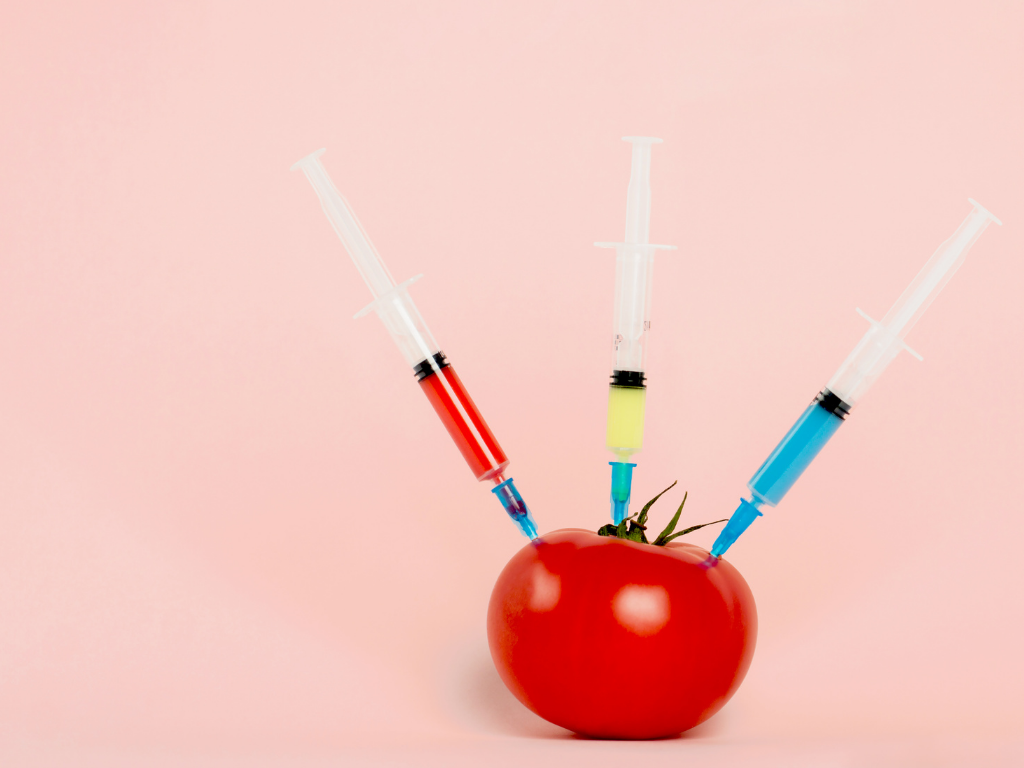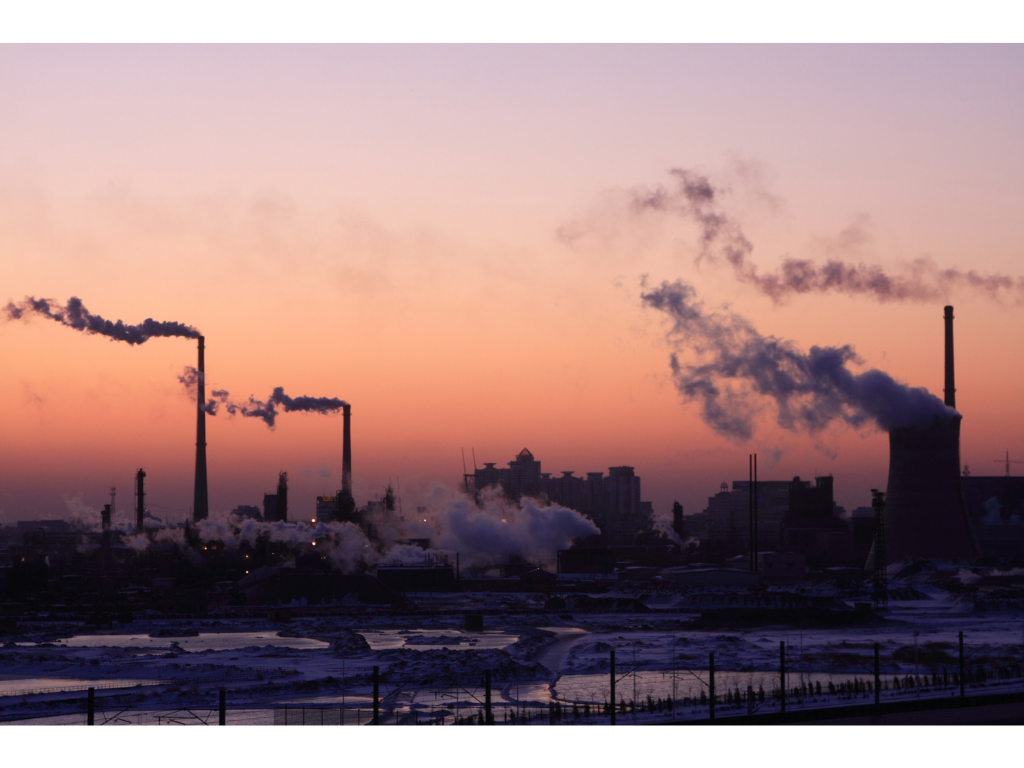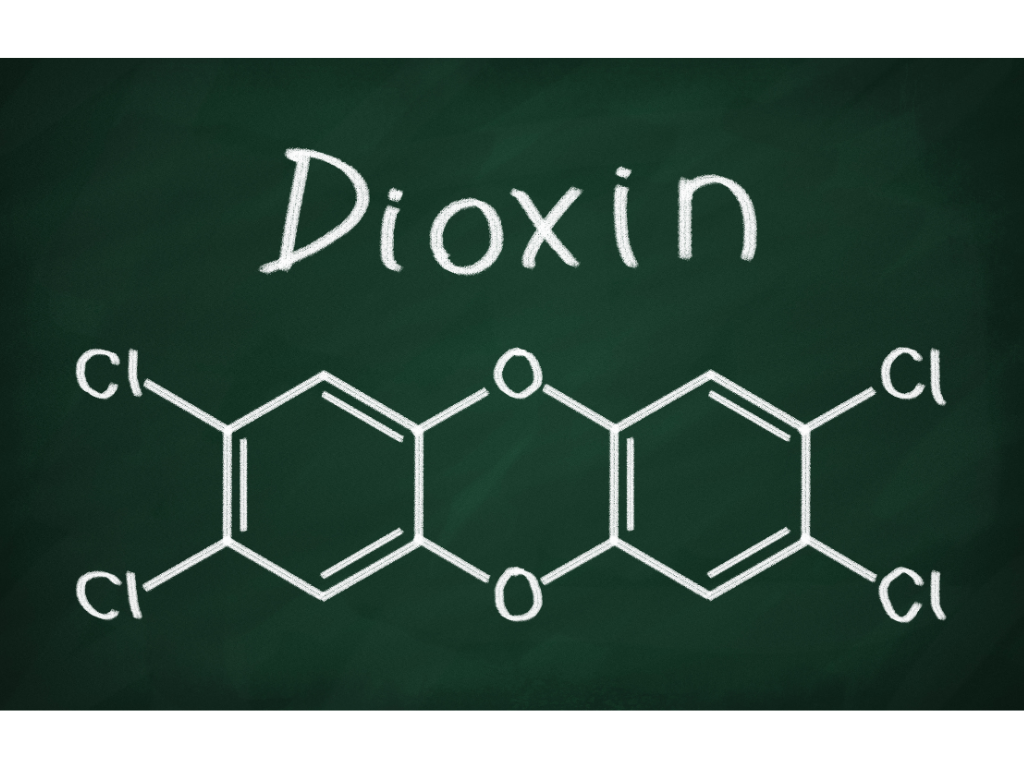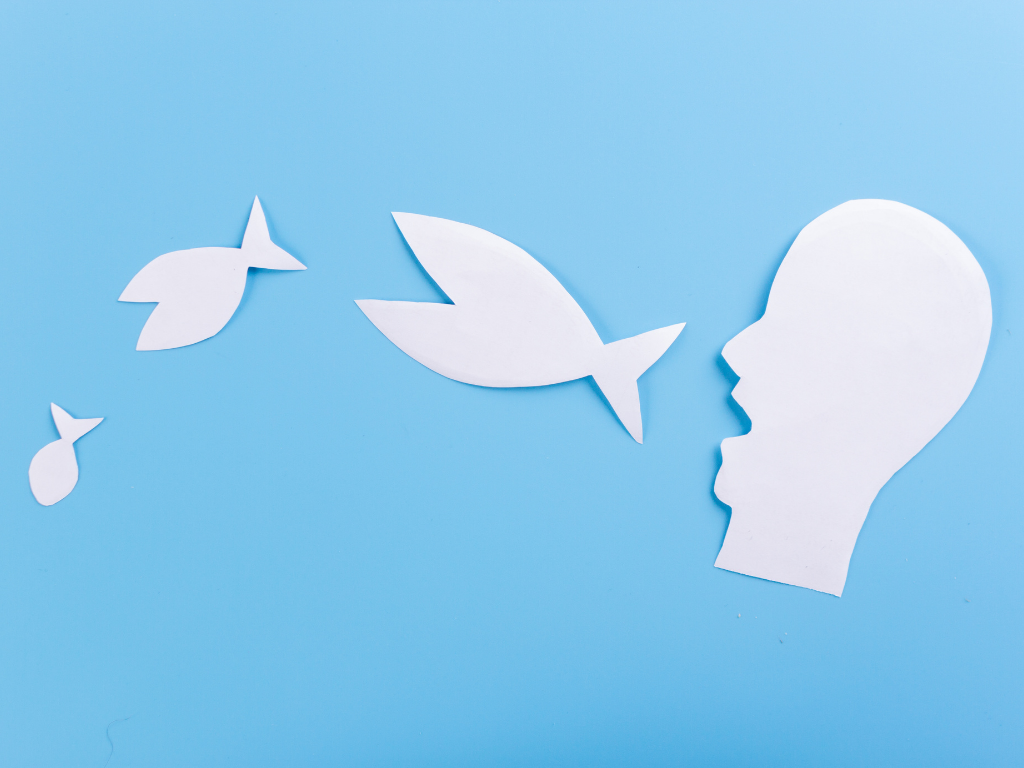Hormone Disruptors and Endometriosis
In the world we live in today, we are progressively surrounded by man-made things and inventions. In some sense, it’s awesome that we’ve advanced to such a sophisticated realm, but on the flip side, human progress has interfered with the natural ecosystem, and messed things up a bit. Growing evidence suggests that there could be a link between endometriosis and environmental factors (e.g. like dioxins & BPA) which can cause a permanent change to your genes and disrupt normal reproductive, hormonal and immune functions (Endometriosis Association 2009).
But hang on, let’s take a few steps back to query – are you struggling with endometriosis? Check out my previous blog post that explains what Endometriosis is.
If you have seen a doctor or dietitian or even asked Mr Google, you would have likely realised endometriosis currently has no cure. However, there are many symptom management strategies to explore such as diet and lifestyle. Environmental toxins are hormone disruptors that aggravate inflammation and cause oxidative stress in our body. Imagine all that pain you are already going through. By being aware of external factors that could be worsening it for you, you could potentially reduce the pain, discomfort, anxiety, and stress.
So, let’s delve in on something that needs more attention – environmental toxins. In my previous post, I shared some details on BPA and how that could be affecting your endometriosis. In this post, we’ll be specifically looking at dioxins!
Dioxins is not a normal word we use in our daily conversation and you would guess that it’s a chemical of some sort. You’re right!
Dioxins are a family of chemicals that are the accidental by-products (i.e. pollutants) of various industrial processes. This includes municipal and medical waste incineration, chemical and plastic manufacturing, pesticide and herbicide production, and pulp/paper bleaching (Endometriosis Association 2009).
I get it, you may be wondering how this actually affects you. Most of our professional jobs and daily lives don’t involve coming into contact with these industrial processes. However, thanks (but no thanks!) to ecology and the food chain, we are exposed to dioxins, too.
More than 90% of human exposure to dioxins are attributable to the food we eat – primarily meat, dairy products, and marine sources. Not only do these animals and marine life live in dioxin-prone environments which cause dioxin accumulation, they also consume smaller living organisms which may contain dioxins, too (Endometriosis Association 2009).
Now before you start thinking of ways to cut these foods out, let me also tell you that dioxins are predominantly concentrated in fat tissues (Giampaolino et al. 2020). This is the case for humans, animals, and marine life.
So what can you do?
Research on dioxin exposure and endometriosis is still in its infancy. Since we know that dioxins are mainly present in fats, let’s start from there!
● Trim fats off meat
● Choose lean cuts of meat
● Opt for low-fat dairy products
● Aim for 2 vegetarian dinners per week
● Have a balanced diet and incorporate a variety of foods from all 5 food groups (this reduces exposure to dioxins from a single food source)
As much as we can try to remove dioxins from our lives, we should be mindful that dioxin exposure is incidental and not something we can completely eliminate. It occurs throughout the food chain and some of these foods are largely integrated with our lifestyle. I wouldn’t want you to turn into that annoying friend who shows up at parties and checking if every food served has dioxins or not.
So this is where dietitians like me come in to the scene. I want you to still enjoy life to its fullest while managing your endometriosis, through a balanced diet that suits your needs. Work with a specialised professional like me to help you improve the symptoms of endometriosis.





